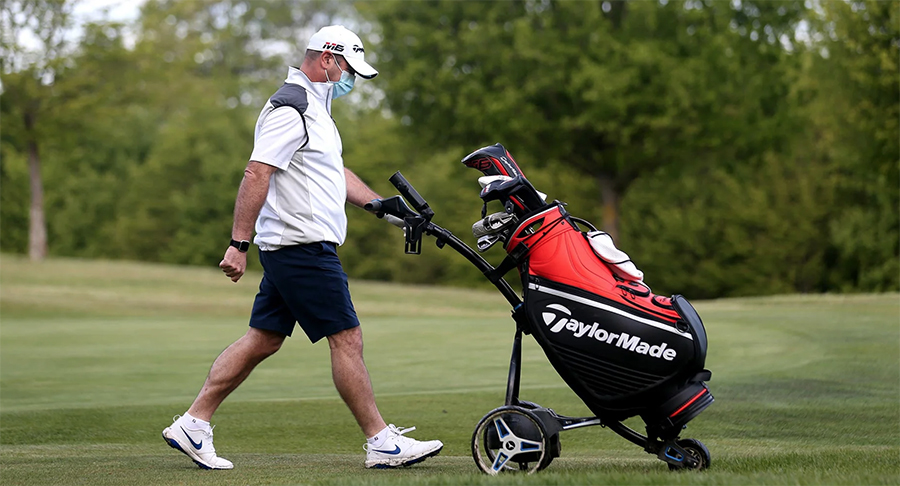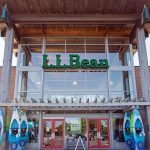Overall, the 2021 outlook for golf participation is generally positive based on the survey results, despite some stumbling blocks in certain segments, according to results from the latest Golf Operation Impact survey conducted by GolfNow.
More than 300 owners and managers, mostly from public and semiprivate clubs and representing 45 states, six Canadian provinces and several international properties, participated in the survey. Questions were designed to help them better understand the pandemic’s long-term impact on the game and answers were anonymous.
Two-thirds of the respondents are “very optimistic” that golf will be able to capitalize on the surge of interest and newcomers to the game. Roughly 51 percent of respondents agree, at least somewhat, that the pandemic is a new “silver lining” for the game of golf, and 46 percent of respondents disagreed with the statement that the new interest in golf will be “short-lived.”
“We remain positive for the future, and we have learned a lot in 2020,” read a comment from one survey participant. “The golf industry will have a great year in 2021. I am convinced with the generation of 25- to 35-year-olds who have just discovered golf. Our industry will do well.”
The positive outlook is being fueled by the more than 81 percent of facilities that reported rounds increased year-to-date (through September), including 36 percent where revenue was up more than 25 percent during the peak summer season. Online (85 percent) and mobile (81 percent) tee time bookings are outpacing in-person bookings (74 percent). More golfers meant big summer revenue gains in many categories compared to last year – green fees (77 percent), cart fees (70 percent), pro shop (36 percent), on-course F&B (34 percent), instruction/lessons (26 percent), and clubhouse F&B (22 percent).
With an eye toward the future, more facilities may begin using technology more than ever before. Pre-COVID-19, only 4 percent of facilities said technology investment was important. That number nearly tripled to 11 percent. Almost half (47 percent) now believe technology is a priority, up from 27 percent pre-pandemic.
Some facilities went to prepaid tee times to promote “contactless” check-in, with 31 percent saying it will become a standardized feature moving forward. 54 percent are still undecided.
“The ability to book online was great. So glad we invested in GolfNow late last season” wrote one operator. “… we were ahead of a lot of other courses that didn’t have that ability.”
On the flip side, among facilities that host wedding/events businesses, 74 percent have virtually seen their bookings vanish. Additionally, the group/golf outing business was down 86 percent at all facilities. Among resort courses, which rely on traveling golfers staying in hotels, 31 percent are not at all optimistic.
More than half of the respondents (54 percent) spent the spring and summer without their second-biggest asset — the clubhouse. Roughly 69 percent had reduced F&B operations. 75 percent of courses began to offer grab-and-go choices to boost sales with one operator noting that building a new snack “shack” at the turn was an innovative way to solve the problem.
“Keeps people from going inside,” the anonymous comment read. “They like it and cannot miss it (drive right past it). Keeps the pace of play moving also. No bar open and beer sales are up 20 percent this year. Partly due to more players, but mostly due to making it easy for people to grab it before they start and at the turn.”
How to distribute carts while keeping riders safe has been a polarizing issue from the onset. 71 percent of facilities went to single-rider carts, a trend worth keeping an eye on. Players with their own carts have loved what amounts to a bump in pace-of-play, but the practice puts a strain on facilities that only have a limited supply available. The extra cart traffic is hard on the turf, as well.
For more survey results, go here. Photo courtesy Getty















